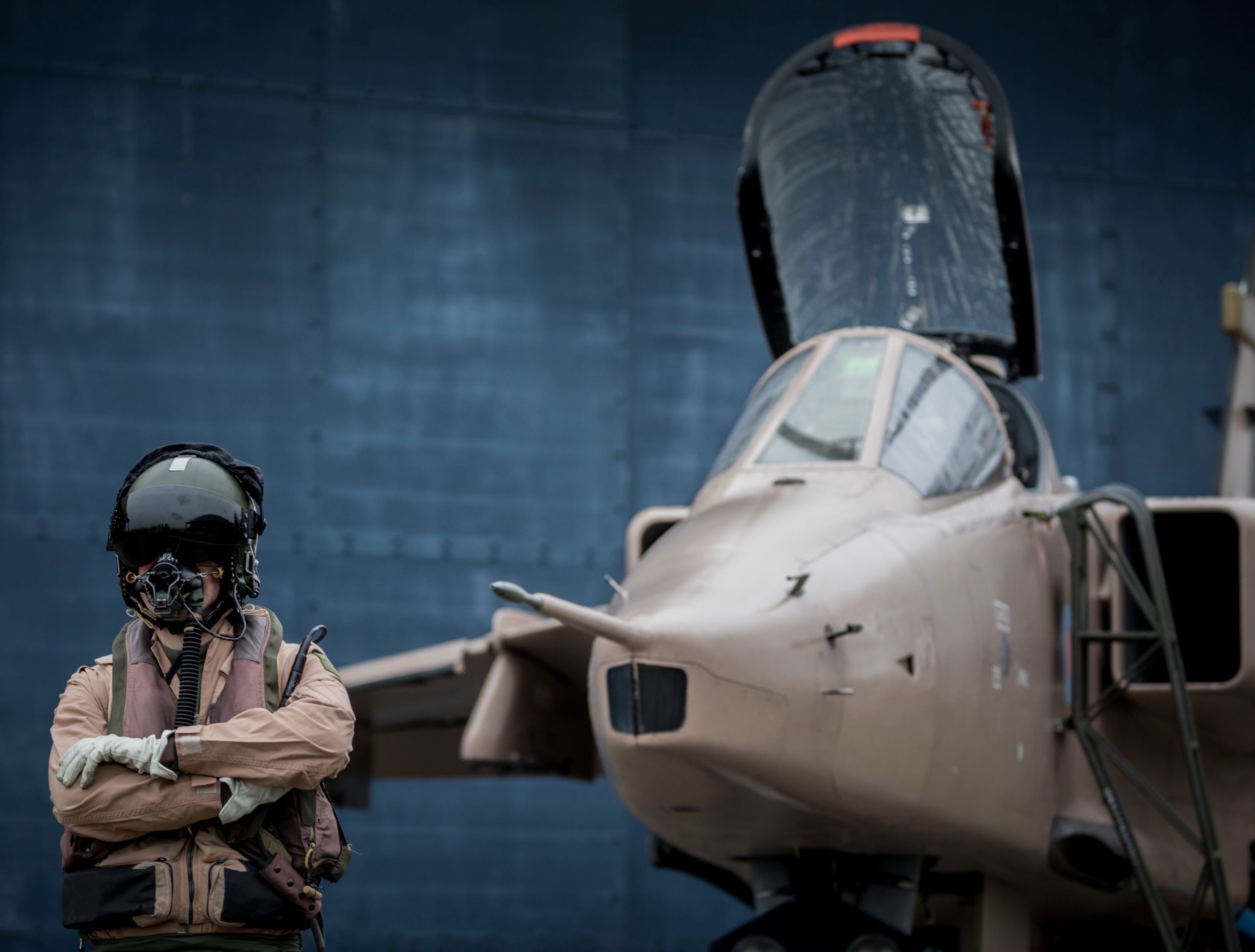
A new study finds brain changes in F16 fighter pilots, which could shed light on what happens to astronauts during space travel.
The hope is that the study, published Feb. 15 in Frontiers in Physiology, will help scientists understand the effects of space flight on the brain, possibly helping improve training programs for pilots and astronauts.
Previous research had suggested the brain might undergo structural and functional changes after astronaut training and space flight. That’s because this work includes altered levels of gravity, rapid interpretation of sensory and visual stimuli and controlling a complex vehicle at extreme speeds.
The brains of F16 fighter pilots are thought to have a lot in common with those of astronauts in terms of adapting to altered gravity levels and rapidly processing conflicting sensory information.
“Fighter pilots have some interesting similarities with astronauts, such as exposure to altered g-levels, and the need to interpret visual information and information coming from head movements and acceleration [vestibular information],” said senior author Floris Wuyts, professor and head of the Lab for Equilibrium Investigations and Aerospace at the University of Antwerp in Belgium.
“By establishing the specific brain connectivity characteristics of fighter pilots, we can gain more insight into the condition of astronauts after spaceflight,” he said in a journal news release.
Researchers recruited 10 fighter jet pilots from the Belgian Air Force and a control group of 10 non-pilots. Each underwent an MRI brain scan.
The scans revealed that pilots had differences in brain connectivity compared with non-pilots. Those with more flight experience had specific patterns in brain areas related to processing sensorimotor information. Sensorimotor refers to tasks that activate the senses, parts of the nervous system and the body’s motor controls at the same time.
Experienced and less experienced pilots had differences in brain connectivity, which the study said suggests that brain changes occur with an increased number of flight hours.
Among the differences were less connectivity in certain areas of the brain processing sensorimotor information in more experienced pilots. This could be an indication of the brain adapting to cope with the extreme conditions involved during flight.
Experienced pilots also showed increased connectivity in frontal areas of the brain that are likely involved in the cognitive demands of flying a complicated jet, the study noted.
Areas of the brain processing other sensory and visual information were more connected in pilots than in non-pilots. This could reflect the pilots’ need to simultaneously process multiple and occasionally conflicting visual and vestibular stimuli and prioritize what’s most important, according to the study. Vestibular refers to the sense of balance.
“By demonstrating that vestibular and visual information is processed differently in pilots compared to non-pilots, we can recommend that pilots are a suitable study group to gain more insight into the brain’s adaptations toward unusual gravitational environments, such as during spaceflight,” said first author Wilhelmina Radstake, of the Belgian Nuclear Research Centre in Mol.
More information
The U.S. National Institute of Neurological Disorders and Stroke has some brain basics.
SOURCE: Frontiers in Physiology, news release, Feb. 15, 2023
Source: HealthDay

Leave a Reply